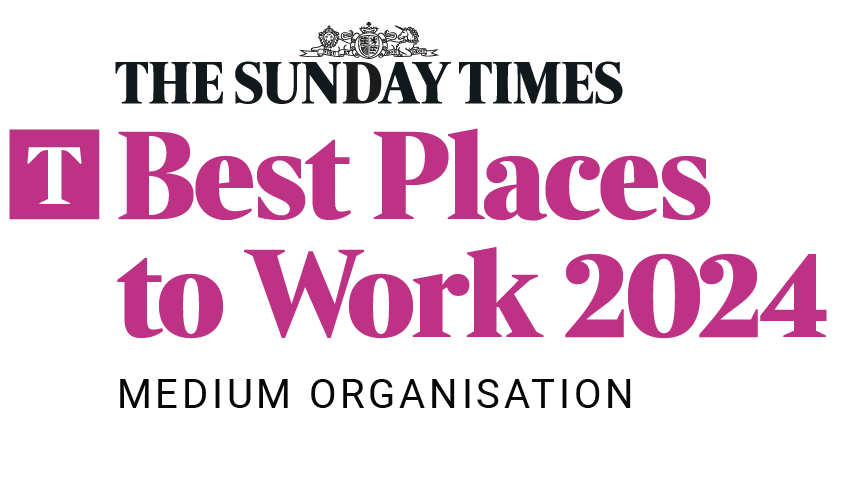Neighbourhood Plans – your chance to have your say
Introduced under the Localism Act 2011, neighbourhood planning gives communities the right to have a say in shaping the development of their local area.
In simple terms, Neighbourhood Development Plans become part of the Local Plan, and the policies contained within them are then used in the determination of planning applications. Neighbourhood Development Orders and Community Right to Build Orders allow communities to grant planning permission either in full or in outline, for the types of development they want to see in their areas.
Although policies put forward in a Neighbourhood Plan cannot block development that already form part of a Local Plan, what they can do is shape where the development will take place and what it will look like.
How Neighbourhood Plans are formulated
The local parish or town council will take the lead in planning for their area, and will often establish a local community group to discuss and formulate the policies that go into it. Many groups also employ a town planning specialist to provide advice and guidance on aspects of planning law that members may be unaware of or unfamiliar with.
The Local Planning Authority gets involved at various stages of the process, including organising an independent examination of the plan, and the community referendum that must be held to get local acceptance. The referendum is the democratic process that determines whether the plan is accepted and adopted. That’s why you may have received notification about what’s happening in your local area, as parishes and town councils need to work with the wider community to secure their support as early as possible in the process.
What’s included in a plan
Neighbourhood plans provide a framework for the future development, regeneration and conservation of an area. They include the use and development of land, and can contain a vision for the future, planning aims and policies, proposals for improving the area and the provision of new facilities and amenities. They can also cover wider social and economic issues such as social housing provision, employment, heritage and transport.
A plan must meet certain basic conditions, for instance it should not promote less housing development than has been identified in the Local Plan, though it can propose more if it wishes. This can be an emotive issue, as understandably many communities are anxious to preserve the character of their local area and are often initially opposed to additional development. This can be particularly true in towns and parishes bordering onto Green Belt land.
One of the main benefits is community involvement, and the opportunity to engage residents to ensure the proposals represent the wants and needs of local people. It also allows the community to choose which sites are allocated to what kind of development.
Government statement
In a sign that Neighbourhood Plans are here to stay and increasing in significance, the Neighbourhood Planning Act passed into law in April. The Housing and Planning Minister recently issued a statement to parliament in which he said that recent analysis suggested that giving people more control over development in their area is helping to boost housing supply, and that in many cases approximately 10 per cent more homes were planned than were stipulated in the relevant Local Plan.
However, he went on to say that communities who have put forward a plan are often frustrated that their plan is undermined as their local planning authority cannot demonstrate a five-year land supply of deliverable housing sites. If this isn’t available, then there is a presumption in favour of sustainable development.
If you would like any advice in relation to Neighbourhood Plans, please email our Head of Town & Country Planning, Salvatore Amico.
























